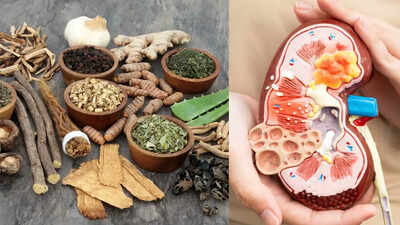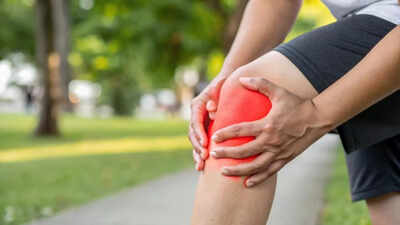Morning sun vs afternoon sun: Which time supercharges your vitamin D levels the most |

Vitamin D, widely known as the “sunshine vitamin,” is essential for strong bones, healthy muscles, balanced immunity, a stable mood, and overall metabolic function. Yet, despite India’s abundant sunlight, many people remain deficient in this vital hormone. According to Surgical Gastroenterology Specialist Dr Anshuman Kaushal, also known as @theangry_doc on Instagram, the key to maintaining healthy Vitamin D levels lies in understanding how sunlight, diet, and lifestyle work together. He explains that the correct timing of sun exposure, proper skin contact with UVB rays, and the inclusion of vitamin D-rich foods all play significant roles. Without the right combination of these factors, the body struggles to produce the Vitamin D it needs for long-term health.
Why morning sunlight fails to provide enough Vitamin D
Many people believe that stepping outside during early morning hours is sufficient to meet their Vitamin D requirements. However, Dr Kaushal clarifies that ultraviolet B rays, the specific rays responsible for converting a form of skin cholesterol into Vitamin D3, do not reach the earth before around 7 am. As a result, the sunlight available at dawn cannot trigger meaningful Vitamin D production.The most effective window for natural synthesis lies between 10 am and 3 pm, when UVB rays are strongest and shadows are at their shortest. Dr Kaushal advises a daily exposure of at least fifteen minutes, preferably on the arms, legs, and face, without sunscreen, glass barriers, or tinted windows obstructing the rays. He explains that sunlight filtered through a window creates an illusion of exposure because it blocks the UVB wavelengths needed for Vitamin D.Modern lifestyles, characterised by long hours spent indoors, heavy pollution in cities, constant use of high SPF creams, and tinted car screens, have drastically reduced natural UVB exposure. This combination, he says, is one of the main reasons why 80 to 90 per cent of Indians show some level of deficiency despite living in a sun-rich country.
Vitamin D in your diet and the importance of bioavailable sources
While sunlight remains the primary natural source, diet plays an equally important role, especially for those living in polluted cities or working in indoor office settings. Dr Kaushal highlights that the most bioavailable form of Vitamin D, known as Vitamin D3, is found mainly in animal-based foods. Fatty fish such as salmon, sardines, and mackerel, along with cod liver oil, egg yolks, and organ meats like liver, provide excellent natural sources.Vegetarians still have options, though the choices are more limited. UV-exposed mushrooms and fortified products like milk, yoghurt, plant-based milk, and breakfast cereals can help raise intake. He also notes that cooking methods influence the amount of Vitamin D that remains in food. Techniques like gentle baking or grilling preserve the nutrients, whereas deep frying or leaving food exposed to harsh sunlight can break them down.
How to take Vitamin D supplements the right way
For individuals whose blood levels fall below 20 ng/ml, supplementation becomes necessary. Dr Kaushal recommends cholecalciferol, the D3 form, as it is more effective than D2 in raising and maintaining stable levels. A common regimen is sixty thousand IU once a week for six to eight weeks, followed by a long term maintenance dose every fifteen to thirty days.Absorption is significantly improved when the supplement is taken with a meal containing healthy fats, as Vitamin D is fat-soluble. He further recommends pairing Vitamin D with magnesium and Vitamin K2 to support proper calcium regulation and long-term bone health. Although supplements are helpful, he cautions against relying on excessive doses, remarking that supplements are like love and should never be overdone.
How a balanced approach helps prevent Vitamin D deficiency
Dr Kaushal summarises the ideal approach as a simple combination of moderate sunlight exposure, consistent consumption of Vitamin D rich foods, and supplement use only when blood tests reveal a deficiency. A little time in the sun, a diet containing good quality fats, and mindful supplementation can together prevent the array of symptoms linked to low Vitamin D, including fatigue, muscle weakness, hair fall, lowered immunity, and mood fluctuations.His advice is especially relevant for office workers, young adults, and urban residents who spend much of the day indoors. As lifestyle patterns increasingly limit natural sunlight exposure, awareness of proper timing, nutrition, and supplementation has become more important than ever.Also Read | Ageing reduces cancer risk after 85 years! Stanford mice study reveals how age protects against cancer






